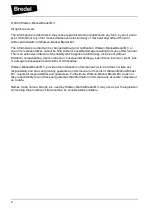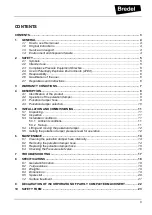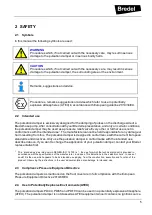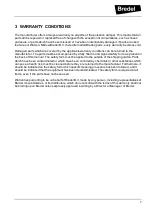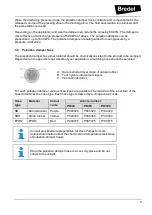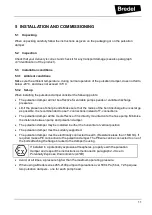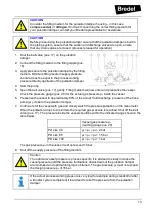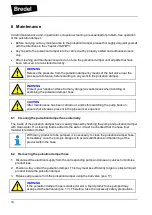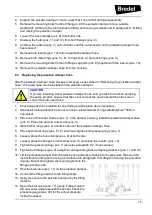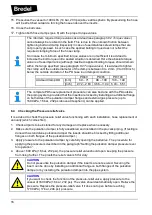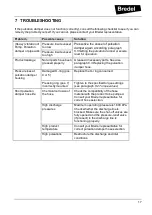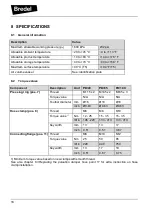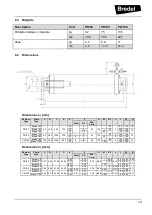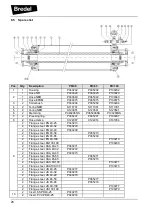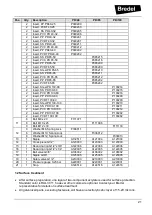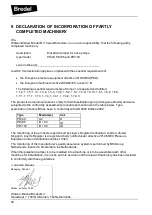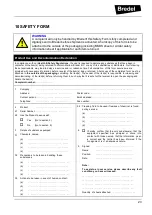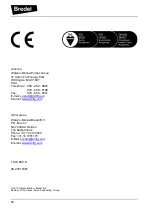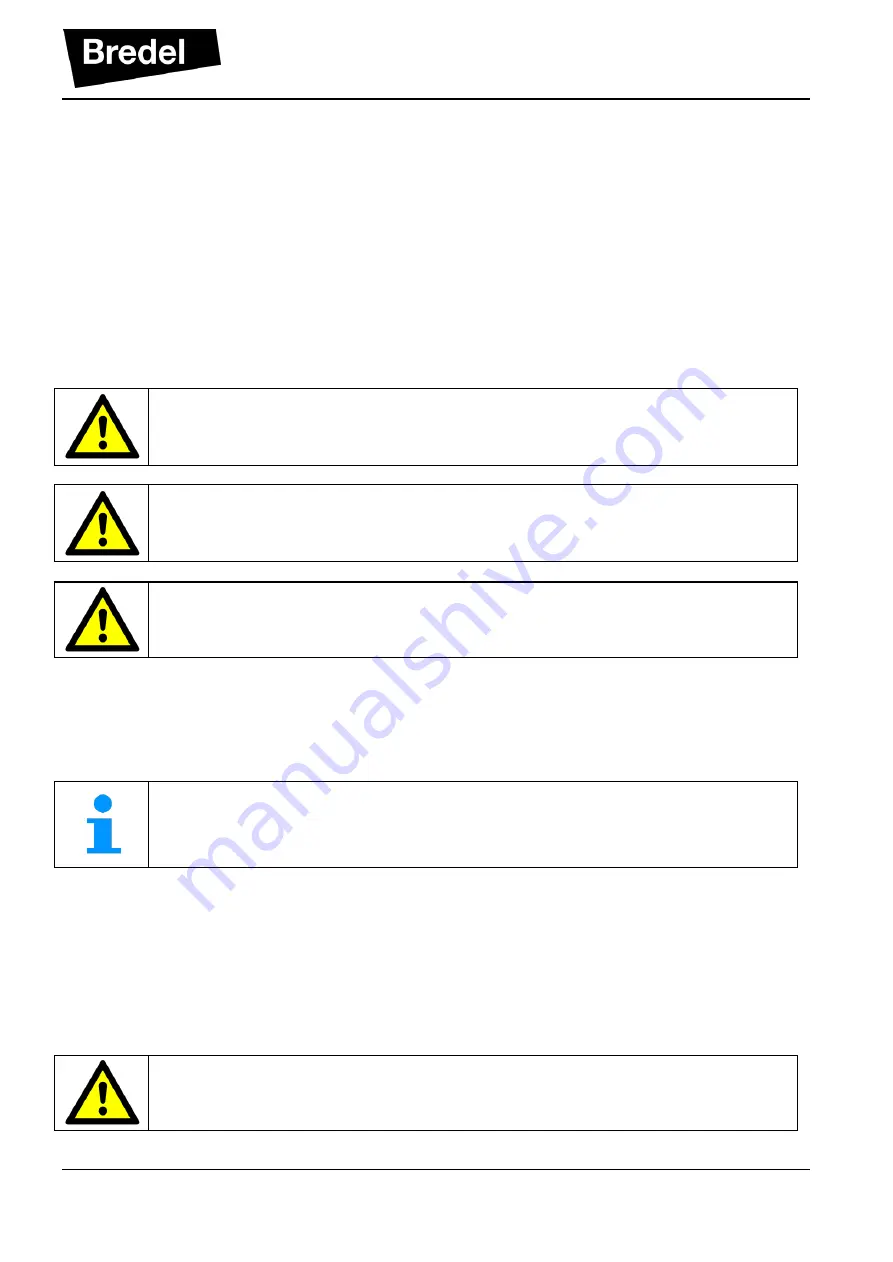
14
6 Maintenance
Careful maintenance and, in particular, scrupulous cleaning are essential for problem-free operation
of the pulsation damper.
Before carrying out any maintenance to the pulsation damper, please thoroughly acquaint yourself
with the directives in the chapter
.
Any repair to the pulsation damper is to be carried out by properly skilled and authorised users
only.
After cleaning and maintenance work, do not use the pulsation damper until all parts that have
been removed, are reinstalled correctly.
WARNING
Release the pressure from the pulsation damper by means of the ball valve near the
pressure-relief valve, before starting on any work to the pulsation damper.
WARNING
Protect your hands and face from any dangerous substances when handling or
examining the pulsation damper hose.
CAUTION
After maintenance has been carried out, and before switching the pump back on,
ensure that all valves present in the pipe work are opened.
6.1
Cleaning the pulsation damper hose internally
The inside of the pulsation damper hose is easily cleaned by flushing the pump and pulsation damper
with clean water. If a cleaning fluid is added to the water, it must be checked that th e hose liner
material is resistant to that.
With many products to be pumped, it is necessary to clean the pulsation damper hose
immediately once the pump is stopped, to avoid solidification and hardening of the
product within the hose.
6.2
Removing the pulsation damper hose
1. Disconnect the electrical supply from the corresponding pump and close any valves to minimise
product loss.
2. Position a tray under the pulsation damper. This tray must be sufficiently large to collect all liquid
product inside the pulsation damper.
3. Release all pressure from the pulsation damper using the ball valve (pos. 17).
WARNING
If the pulsation damper hose is cracked or worn, liquid product to be pumped may
escape via the ball valve (pos. 17). Therefore, take the necessary safety precautions.


